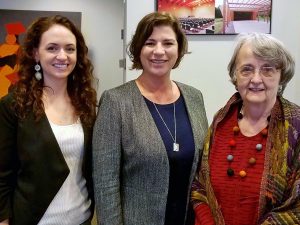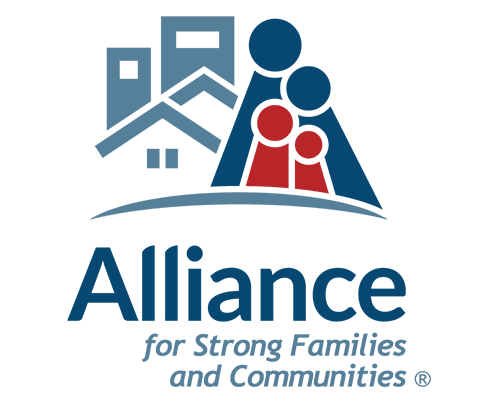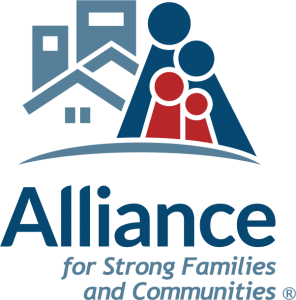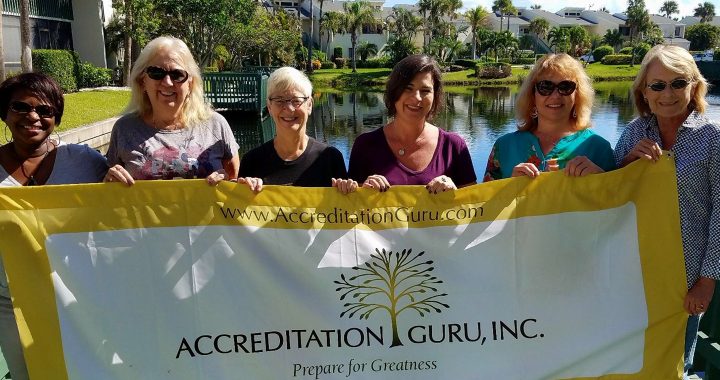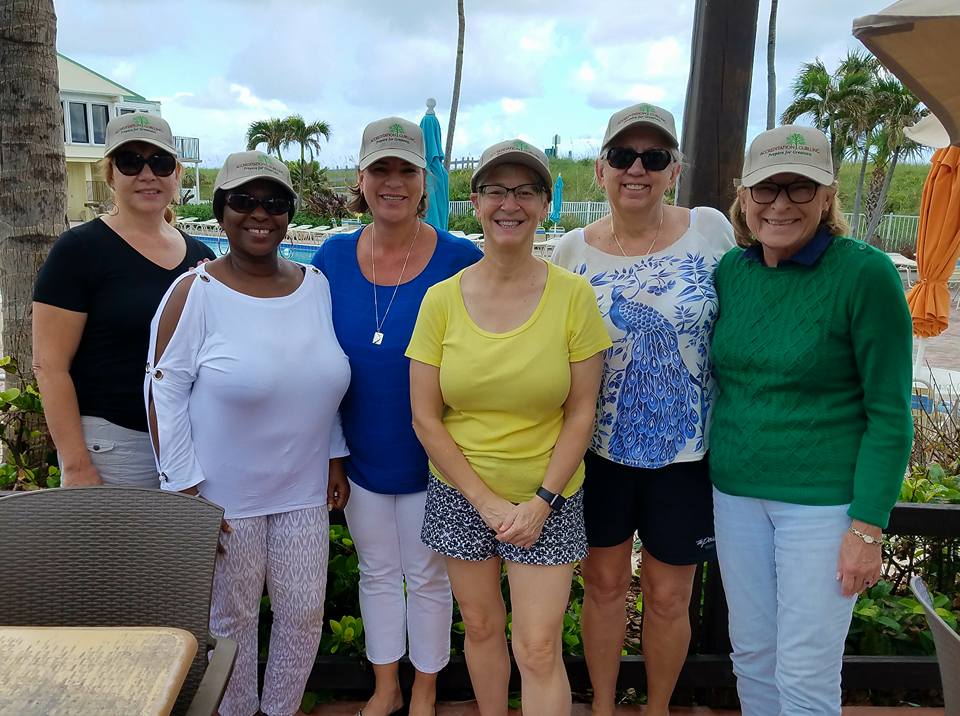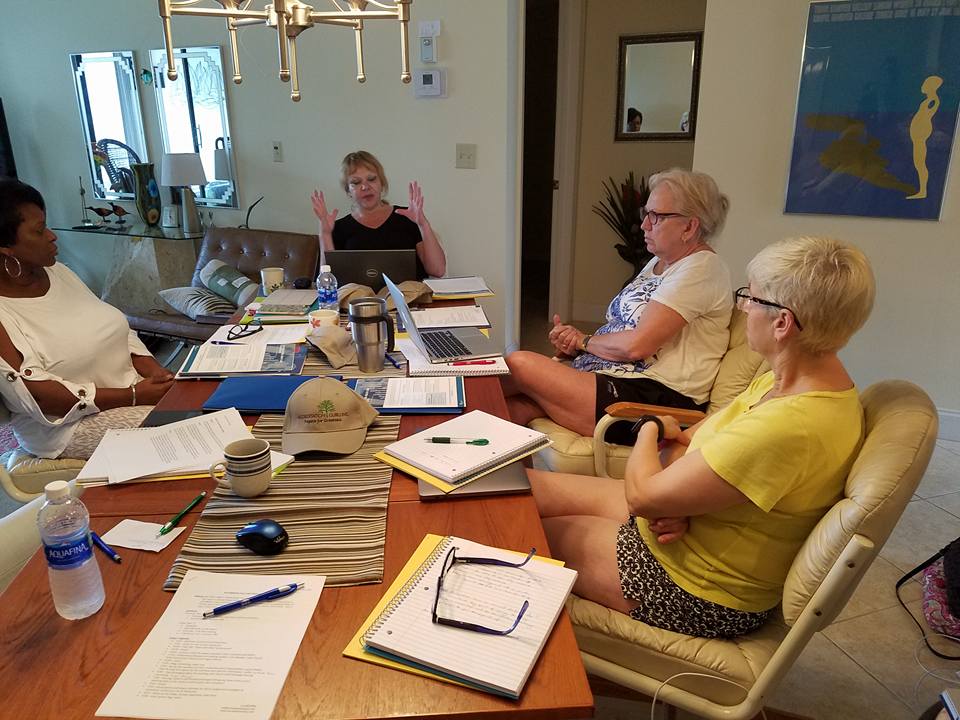Accreditation mandates are all the talk among leaders of human service organizations. Thanks to the recent passage of the Family First Prevention Services Act (FFPSA) on the national level and state mandates for accreditation, like one recently instituted for adult foster care providers in Massachusetts, many child, family and behavioral healthcare service agencies are becoming alarmed about having to complete the complex accreditation process within short deadlines. Well, they can either panic or plan!
Accreditation requires that organizations undergo an objective review by an independent accrediting body and signifies that they are effectively managing their resources and enhancing the quality of life for the population served. Providers that earn accreditation signal their desire to reach beyond the minimum licensing standards and make a long-term commitment to strong governance, program consistency, outcome measurement and continuous improvement throughout their agencies.
Achieving accreditation is a worthy endeavor, even if it is a requirement, but many organizations underestimate the time commitment involved. In general, it takes 12 to 18 months to prepare for national accreditation – sometimes more, sometimes less, depending on the original state of readiness.
Effective project management from the beginning is key. You must plan for an even flow of work in order to avoid a rush at the end. You also need to allow time for significant steps in the process, including, but not limited to:
- Selecting an accrediting body. (See our tip sheet on how best to approach this evaluation.)
- Securing budgetary allotment and board approval.
- Each accrediting body calculates its own application fees, survey costs and annual fees, which may vary widely based on the revenue size of the organization being reviewed, and/or the number of programs and locations. Staff time, operational improvements and consultants (if utilized) may also add to overall expenditures.
- Preparing standards-compliant policies, procedures, plans and protocols.
- Making operational and service delivery improvements, as necessary.
- Implementing updated processes to conform with accreditation standards.
- Participating in a mock survey.
When an accreditation mandate is enacted, a deadline is imposed on organizations. Remember, though, that there may be hundreds or many hundreds of organizations trying to become accredited at the same time and the accrediting bodies only have a finite amount of capacity to accommodate all of these applicants.
With the Family First Prevention Services Act, for example, congregate care providers must become accredited “Qualified Residential Treatment Providers” (QRTPs) by October 1, 2019. Though states have the option to extend this deadline for up to two years, all affected service providers should already be proactively working toward accreditation.
When a mandate is instituted, impacted organizations should begin the accreditation process as soon as possible to get ahead of the influx of other providers seeking to become accredited and have enough time to thoroughly and calmly complete the necessary work. Once the process begins, effective project management and support from leadership will help ensure that accreditation activities stay on track despite other priorities that may arise.
Clearly, it is better to plan rather than panic!




